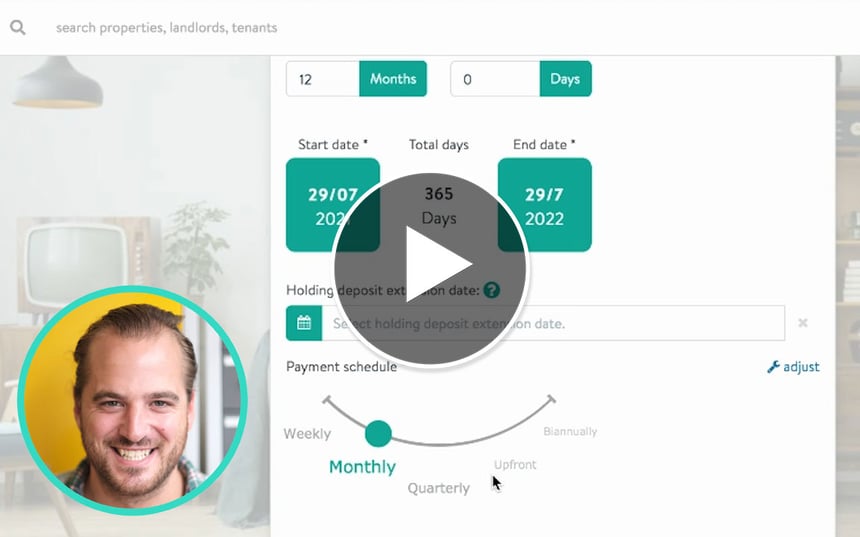Technology in lettings is the only way to go, says this agency
Technology in lettings is becoming more of a necessity, but how can you pinpoint where to focus your efforts so you can offer your landlords and tenants a personalised customer service? Estate and letting agency Bonners & Babingtons has some tips.
"Technology in lettings processes will start to become a necessity, especially when you have such quick turnarounds, from offering a property to move in," says Robbie Hearn, Lettings Manager at Bonners & Babingtons. "Digital signing, for example, is going to be a must."
Covid-19 kicked the lettings industry into high gear for introducing RentTech into its day-to-day processes. "It's evident, especially in the last year, that the need for digital solutions is extremely important, because the footfall coming into the office is limited for obvious reasons," says Robbie.
Streamlining with online lettings platforms
Robbie's expansive lettings background includes experience across three agencies - so he has a lot of insight into which processes and technologies can bring the most value. His conclusion? "It's about getting everything under one digital umbrella," he says. "It's been interesting to see how everybody originally used different platforms or different ways to go through the lettings process. Whether it's the referencing, the ID checking, offer letters, drawing up the tenancy agreements."
Customer Relationship Management (CRM) systems, such as Reapit, and lettings platforms, such as Goodlord, can help streamline all those processes, tying them together with the documentation and everything you need stored in one place, as Robbie has found - which then helps with security and compliance. "I said to one of my colleagues 'trust me - those documents are safer on our CRM than they are on our shared drive'," says Robbie.
Virtual property viewings and marketing
Technology can therefore streamline processes and help keep you secure, but it has further uses, such as in marketing. You can use virtual viewings to show a tantalising glimpse into a property, to entice. "Sometimes less is more," says Robbie. "If you provide people with a little snapshot of information, they're more likely to think 'I like what I see'. If you offer too much information on a website, they sometimes rule it out by focusing on the negatives."
The property sector is still strongly customer-facing, so you should also be strategic in how you continue to bring a personal touch to your landlords and tenants. Robbie predicts that virtual viewings, although helping with efficiencies, may not always help prospective tenants and buyers make a final decision. "I don't feel that people will continue to commit to a property through a virtual viewing. They may in lettings, because it's not as much of a commitment as sales but I feel that we'll still keep that human contact, meeting people at our property and showing them around. It's about the feel of a property, not just the pictures."
Understanding your tenants and landlords
You should assess the demographics of your tenants and landlords too, to understand the best ways to reach your own target market and offer them the best experience. "You have to find the balance to make sure that you're not completely going down the pure technology route, alienating an area of your market."
The balance is crucial to find but, once your agency starts to introduce technologies to streamline processes and reach a wider audience, you're unlikely to go back. "Don't get me wrong - I was one of these people that fought against getting rid of the paper diary at one point," says Robbie. "I was a bit scared of technology but, once I embraced it, I realised that it was the only way to go."
Want the latest lettings news delivered straight to your inbox every week? Sign up to our mailing list and stay up to date.










